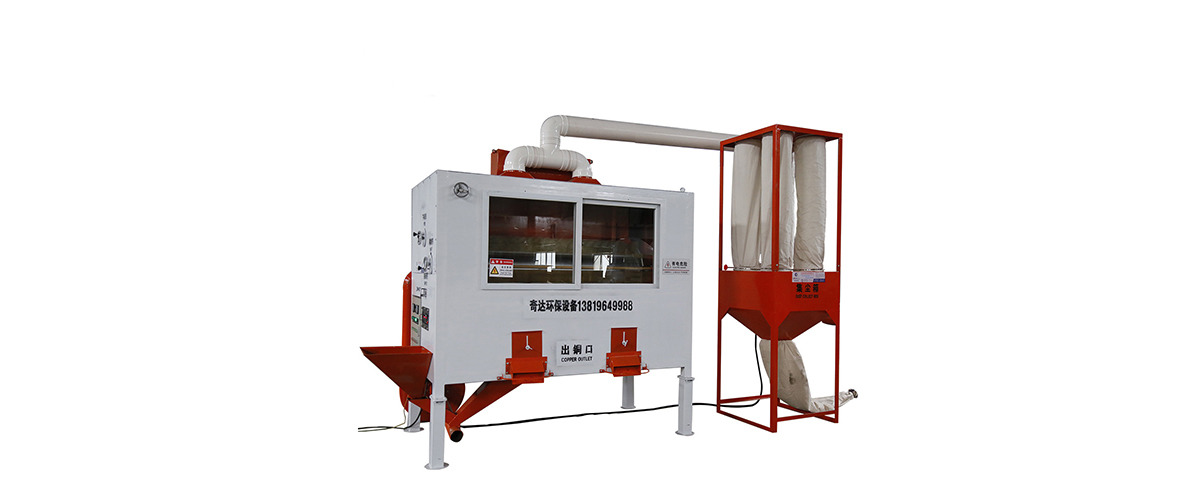- 中文
Support level: A
Registered capital:5000
Founded:2015
Number of companies:101-500人
Export scale:
Contact: 陈**
E-Mail:Sign In
Tel:Sign In
Electrostatic Separator QD-2000
With years of practice and theoretical analysis, Qida Electrostatic Separator can reach up to 99% separation of metals from plastics.
Electrostatic separation is a process that uses electrostatic charges to separate crushed particles of material
which is a completely physical process and won’t affect the properties of the items separated. And there is no pollution to the environment.
This device can be used for the separation of aluminum-plastic board, waste circuit board,
medicine board, waste wire and cable, aluminum and sand, conductor and non-conductor.

1.Product descriptions:
There are two kinds of Qida Electrostatic Separator for ur reference. They are QD-2000 and QD-1000.
About the differences, please check the parameters.
2.Technical parameters:
Item No.: QD-2000
Overall dimension(LxWxH) : 138*265*350cm
Machine weight: 1450kg
High voltage: 0-80KV
Output/hour: 300-500kgs
Motor Power: 9KW
An electric charge can be positive or negative — objects with a positive charge repel other positively charged objects,
thereby causing them to push away from each other,
while a positively charged object would attract to a negatively charged object, thereby causing the two to draw together.